Pubs have long been more than just establishments to quench thirst; they serve as vibrant hubs of social interaction and community building. At their core, pubs foster a unique atmosphere where strangers become acquaintances and neighbors become friends. The culture of a pub transcends mere drinking; it embodies connection, shared experiences, and the creation of lasting memories. From the cozy traditional English pubs to the lively Irish taverns, pubs are spaces where stories are told, laughter echoes, and community spirit thrives.
This article delves into the intricate relationship between pub culture and community, exploring how pubs act as catalysts for social cohesion. We’ll examine how pub culture differs from bar culture, the characteristics of a truly community-focused pub, and the role pubs play in shaping local identities. Additionally, we’ll discuss the evolving trends in pub culture, including how it resonates with modern audiences and its impact on broader societal dynamics. Whether you’re a pub enthusiast or simply curious about the cultural significance of these establishments, this exploration will shed light on why pubs remain indispensable pillars of community life.
Key Takeaways
- Pubs are more than just drinking spots—they’re cultural hubs fostering community and tradition.
- Great bars create unique atmospheres tailored to their settings, whether cozy or upscale.
- Social interaction is a key component of bar culture, driving connections among patrons.
- Craft beer and artisanal spirits are central to many bar experiences, appealing to diverse tastes.
- Bars often serve as vital spaces for local events, sports celebrations, and community gatherings.
- Millennials prioritize unique, sustainable, and Instagrammable bar experiences.
- Bars excel as social spaces, offering vibrant environments for diverse crowds.
- Engaging responsibly at bars can strengthen personal connections and community bonds.
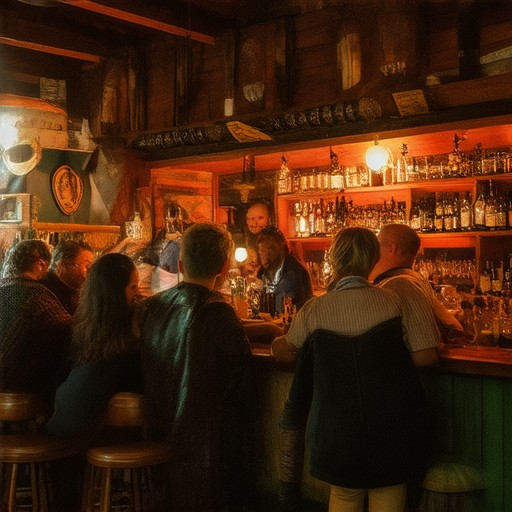
Pub Culture Explained
Pub culture refers to the rich social and historical tradition associated with pubs in the United Kingdom. Pubs, short for public houses, have been integral to British society for centuries, serving as hubs for social interaction, relaxation, and cultural exchange.
Historical Context
Pubs trace their origins back to ancient times, with many dating back to the medieval era. Inns and taverns were essential for travelers and locals alike, offering shelter and refreshment. Over time, pubs became central to local communities, often hosting gatherings, weddings, and even wakes.
Social Role
Pubs are more than just places to drink; they are vibrant social spaces. Many pubs have become iconic landmarks, each with its own unique character. From traditional English pubs with their cozy interiors to bustling city-center venues, pubs cater to a variety of tastes and preferences.
Literary Connections
Pub culture has also been a breeding ground for literary inspiration. Many famous authors have drawn creative strength from the unique atmosphere of pubs. Writers like Charles Dickens and George Orwell often frequented pubs, using them as settings in their works and as spaces for intellectual debate.
Modern-Day Relevance
Even in the digital age, pubs continue to thrive as social hotspots. They offer a rare opportunity for face-to-face interactions in an increasingly virtual world. Many pubs now feature live music, open mic nights, and themed events, making them attractive destinations for diverse crowds.
- Pubs are deeply rooted in British history and culture.
- They serve as vital social spaces for communities.
- Each pub has its own unique atmosphere and charm.
- Pubs often host cultural and social events.
- They remain popular spots for both casual and formal gatherings.
Visiting a pub is a great way to immerse yourself in local culture and enjoy a truly authentic experience. Learn more about our pub culture initiatives at Dufferin Arms .
Pub Culture vs. Bar Culture
Pub culture and bar culture are distinct social phenomena, each with its own unique characteristics and appeal. While both revolve around the enjoyment of alcohol, their environments, offerings, and purposes differ significantly.
Pub Culture
Pubs are traditional establishments that have been a part of British society for centuries. They are often associated with a cozy, local vibe, perfect for catching up with friends or enjoying a quiet drink. Pubs typically focus on beer and cider, often serving traditional cask ale. Many pubs also offer basic snacks or full meals, making them a destination for casual dining. The atmosphere is often warm and inviting, with many featuring dartboards, pool tables, or other games to entertain patrons.
Bar Culture
Bars, on the other hand, tend to be more modern and trendy. They cater to a diverse crowd, often offering a wide selection of cocktails, spirits, and other beverages. International beers, wines, and premium liquors are common in bars, which aim to create a lively and dynamic environment. Theme nights, live music, and late-night parties are typical features of bar culture. The focus here is often on socializing and experiencing a variety of drinks rather than a specific type of alcohol.
Key Differences
- Alcohol Focus: Pubs emphasize beer and cider, while bars offer a broader range of cocktails and spirits.
- Food Offerings: Pubs often provide hearty meals, whereas bars may have limited food options or none at all.
- Atmosphere: Pubs are known for their snug, community-driven spaces, whereas bars are usually more vibrant and energetic.
- Target Audience: Pubs attract locals and visitors looking for a traditional pub experience, while bars appeal to a younger, trendier crowd seeking nightlife.
Why Both Thrive
Both pub and bar cultures thrive because they meet different social needs. Pubs satisfy those seeking a relaxed, communal setting, while bars cater to individuals and groups looking for an exciting night out. Whether you’re sipping a pint in a historic pub or enjoying a crafted cocktail in a stylish bar, both experiences offer unique pleasures that resonate with diverse audiences.
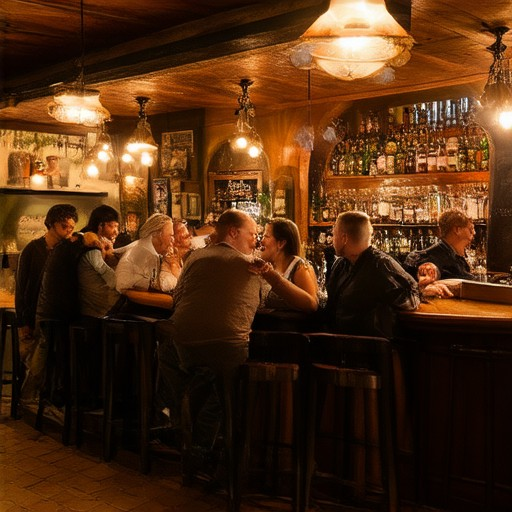
What Makes a Great Community Pub?
A great community pub isn’t just a place to grab a drink—it’s a gathering spot that fosters connections and brings people together. Here’s what defines such a standout establishment:
1. Welcoming Atmosphere
A fantastic community pub creates an inviting environment for all walks of life. Whether someone is stopping by for a quick pint or staying for a meal, they should feel at ease. Comfortable seating, friendly staff, and a warm ambiance help establish a sense of belonging.
2. Diverse Menu Options
A successful community pub offers a menu that caters to various tastes. From traditional pub favorites like fish and chips to innovative dishes, the menu should reflect diversity while maintaining quality. Local ingredients and seasonal specials can add uniqueness and appeal.
3. Well-Stocked Bar
Selection is key. A great pub boasts a variety of beers, wines, and spirits, often including local brews. Soft drinks and a curated cocktail menu add to the appeal, ensuring there’s something for every preference.
4. Entertainment Facilities
Engaging amenities enhance the experience. Live music, quizzes, or sports screenings draw in crowds. Features like darts, pool, or board games provide interactive fun, making the pub a hub for social interaction.
5. Community-Centric Events
Hosting regular events like trivia nights, themed parties, or charity fundraisers strengthens community bonds. These events highlight the pub’s role as a local hub, fostering loyalty among regulars.
6. Social Media Engagement
Active presence on platforms like Facebook and Instagram helps the pub stay connected. Sharing updates, promotions, and community news keeps locals informed and interested in visiting.
7. Strategic Location
Conveniently located near residential areas or popular spots, the pub benefits from high foot traffic. Ample parking and easy access ensure it’s reachable to many, while proximity to green spaces can attract outdoor enthusiasts.
8. Cleanliness and Maintenance
Attention to hygiene and upkeep is essential. A clean, well-maintained space reflects care for the community and enhances overall satisfaction.
By combining these elements, a community pub becomes more than a venue—it becomes a cherished part of daily life, integral to the fabric of the neighborhood.
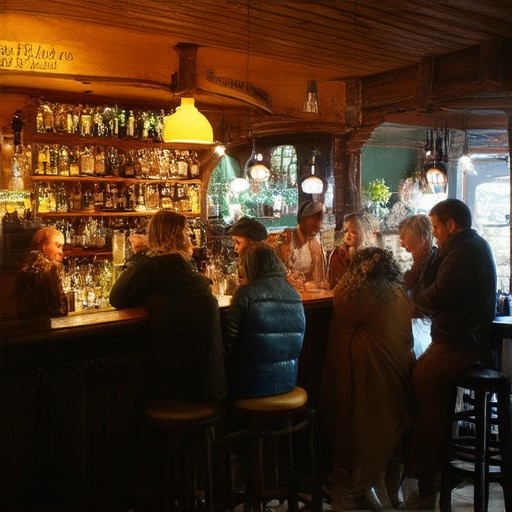
What is the Culture of a Bar?
Bar culture refers to the unique atmosphere, traditions, and experiences associated with bars and pubs. It encompasses the ambiance, social dynamics, and cultural significance that define a bar’s identity. The culture of a bar is often shaped by its history, location, and the community it serves.
Key Components of Bar Culture
- Atmosphere :
Bars create distinct environments that cater to different tastes. Whether it’s a cozy neighborhood pub, a lively downtown hotspot, or a sophisticated speakeasy, each bar offers a unique vibe. The atmosphere is influenced by factors like lighting, music, decor, and the type of beverages served. - Social Interaction :
Bars are hubs for social gatherings. Patrons often strike up conversations, share stories, and connect over shared interests. This fosters a sense of community and belonging among regulars and visitors alike. - Drink Selection :
The variety of drinks available reflects the bar’s target audience. From classic cocktails to craft beers, fine wines, and specialty spirits, the drink menu often mirrors the bar’s personality and the preferences of its patrons. - History and Tradition :
Many bars carry historical significance, serving as gathering spots for generations. These establishments often preserve local customs and storytelling, making them cultural landmarks in their communities. - Community Role :
Bars frequently play a vital role in local events, sports teams, and cultural celebrations. They often become gathering places for fans to watch games, celebration spots for milestones, and community hubs for fundraising efforts.
Types of Bars
- Pub Culture :
Pubs typically offer a casual, relaxed environment with a focus on beer and traditional pub grub. Places like Dufferin Arms emphasize history, community, and a warm, inviting atmosphere. - Craft Beer Bars :
These establishments highlight artisanal brewing, offering a rotating selection of craft beers and often hosting tastings or brewery visits. - Speakeasies and Hidden Gems :
These exclusive bars require advance knowledge or secret access, creating an air of exclusivity and intrigue. - Nightclubs and Lounges :
High-energy venues cater to those looking to dance, enjoy live entertainment, or socialize late into the night.
The Role of Bars in Communities
Bars are more than just places to drink; they are cultural landmarks that reflect the values and identity of a community. They bring people together, celebrate local traditions, and provide a space for connection and camaraderie.
Conclusion
The culture of a bar is a dynamic blend of its physical environment, social function, and historical context. Whether it’s a neighborhood pub or a chic cocktail bar, each establishment contributes uniquely to the cultural fabric of its community. Experiencing the culture of a bar is about immersing yourself in its atmosphere, connecting with its community, and appreciating its role as a cultural hub.
Dufferin Arms exemplifies this culture, preserving the history and traditions of pubs while offering a modern take on classic experiences. Explore their blog for deeper insights into pub culture and the social significance of bars.
What Do Millennials Look for in a Bar?
Millennials have distinct preferences when it comes to choosing a bar, driven by their values, lifestyle, and desire for unique experiences. Here’s what they often look for:
- Unique Experiences and Themes : Millennials value memorable experiences, so they often seek out bars with quirky themes, creative cocktail menus, or immersive environments.
- Sustainability : Many millennials care about the environment, so they look for bars that use sustainable practices, such as organic ingredients, biodegradable straws, and energy-efficient operations.
- Health-Conscious Options : Health-conscious millennials may opt for bars that offer low-sugar cocktails, non-alcoholic alternatives, or fresh, natural ingredients in their drinks.
- Instagrammable Moments : Millennials are active on social media, so they appreciate bars with visually appealing drinks, artistic cocktails, and Instagram-worthy decor.
- Craft and Artisanal Products : They prefer craft beers, artisanal spirits, and unique house-made infusions over mass-produced offerings.
- Diverse Music and Ambiance : Millennials enjoy varied music playlists and a welcoming atmosphere that aligns with their personal style, whether it’s a cozy dive or an upscale lounge.
- Competitive Differentiation : In a crowded market, bars that stand out with innovative offerings, exclusive events, or a strong online presence tend to attract this demographic.
Dufferin Arms understands the importance of catering to these preferences, offering a blend of craft beverages, sustainable practices, and a vibrant atmosphere that resonates with modern tastes. Our commitment to quality and innovation ensures that we remain a favorite choice for discerning millennials seeking unforgettable experiences.
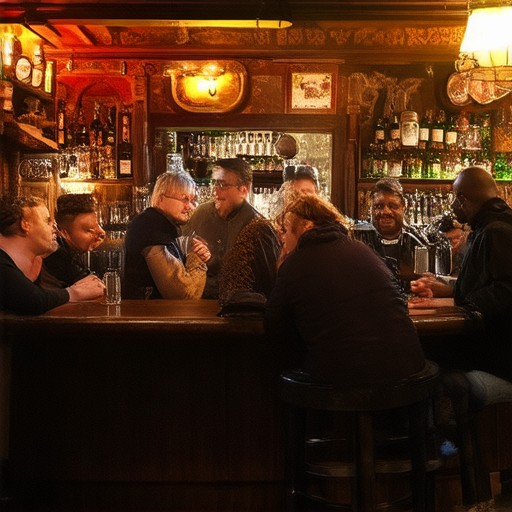
Is a Bar a Good Place to Socialize?
Bars are indeed excellent places to socialize, offering a unique environment for connecting with others. Whether you’re looking to unwind with friends, meet new people, or enjoy a casual evening out, bars provide a dynamic setting that caters to various social needs.
Advantages of Socializing at a Bar
- Relaxed Atmosphere: Bars often boast a laid-back vibe, making it easier to strike up conversations and feel comfortable.
- Diverse Crowd: You’ll encounter a variety of people, from casual drinkers to those looking to network or celebrate special occasions.
- Fun Activities: Many bars feature live music, trivia nights, or themed events that encourage social interaction.
- Privacy and Confidentiality: Bars offer a sense of privacy, allowing you to share personal stories or discuss sensitive topics comfortably.
When to Consider Socializing at a Bar
- Celebrations: Perfect for birthdays, anniversaries, or other milestone celebrations with a group of friends.
- Networking Opportunities: Attend industry events or professional mixers hosted at bars to connect with like-minded individuals.
- Casual Meetings: A convenient location for informal get-togethers or catching up with acquaintances.
How to Make the Most of Socializing at a Bar
- Be Open-Minded: Approach interactions with an open mind and be willing to engage with diverse groups.
- Stay Positive: A positive attitude can significantly enhance your social experience and make others more approachable.
- Engage Actively: Show interest in others by asking questions and actively listening to foster meaningful connections.
- Know Your Limits: Enjoy responsibly, ensuring you stay safe and in control of your surroundings.
Conclusion
Overall, bars are fantastic venues for socializing due to their vibrant atmosphere and opportunities for connection. Whether you’re seeking new experiences or deepening existing relationships, a night out at the bar can be both enjoyable and rewarding. Just remember to stay mindful and respectful of others, and you’ll likely leave with memorable moments and potentially new friends.

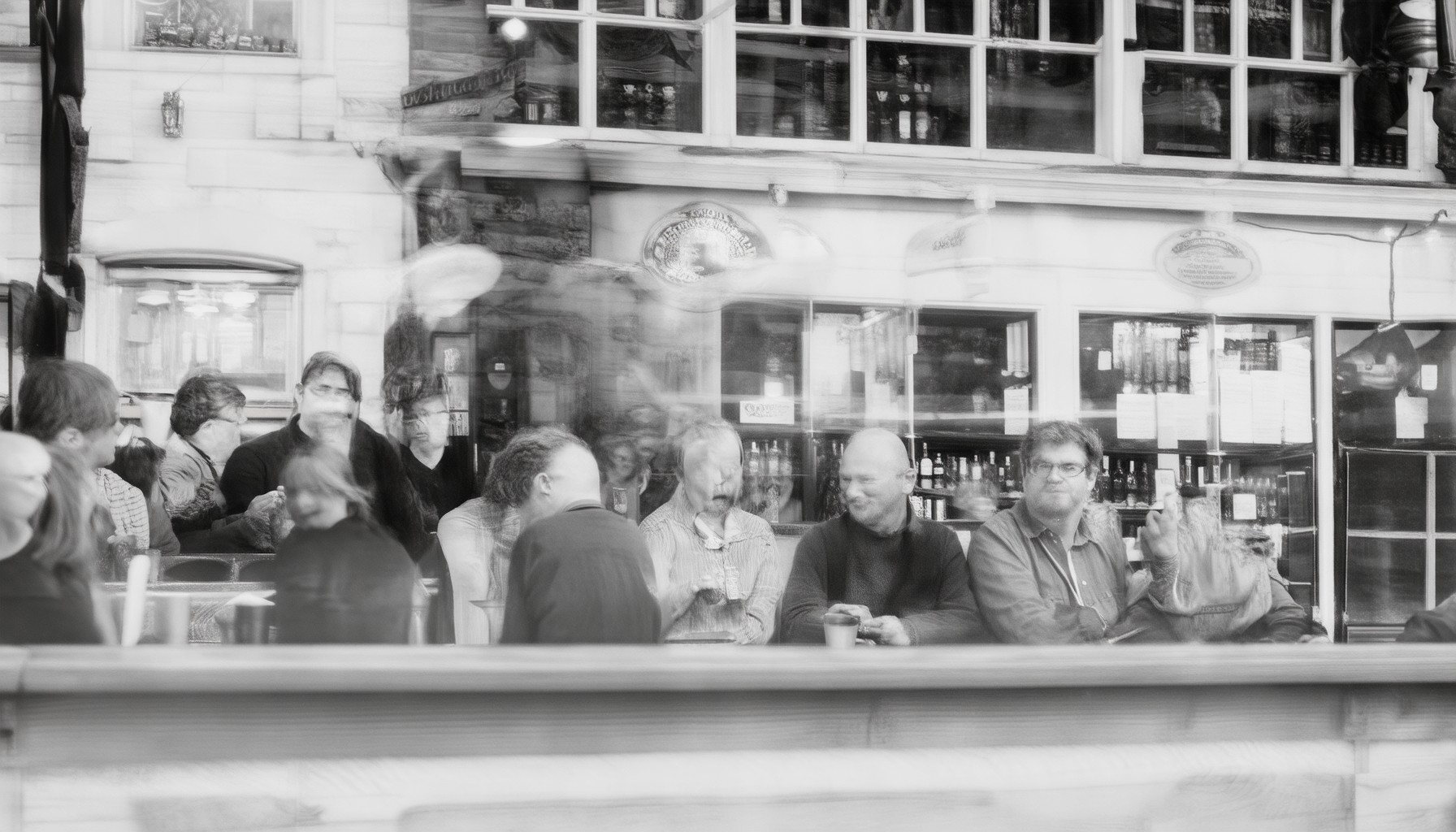
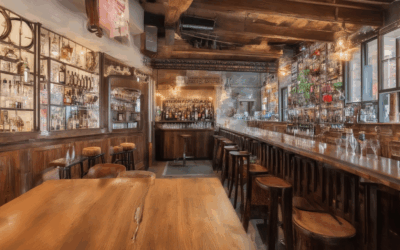
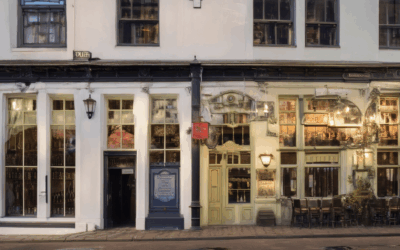
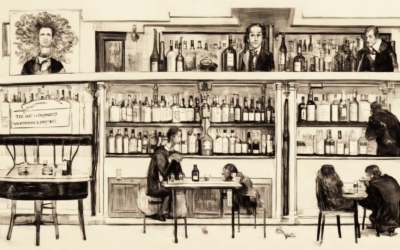
0 Comments